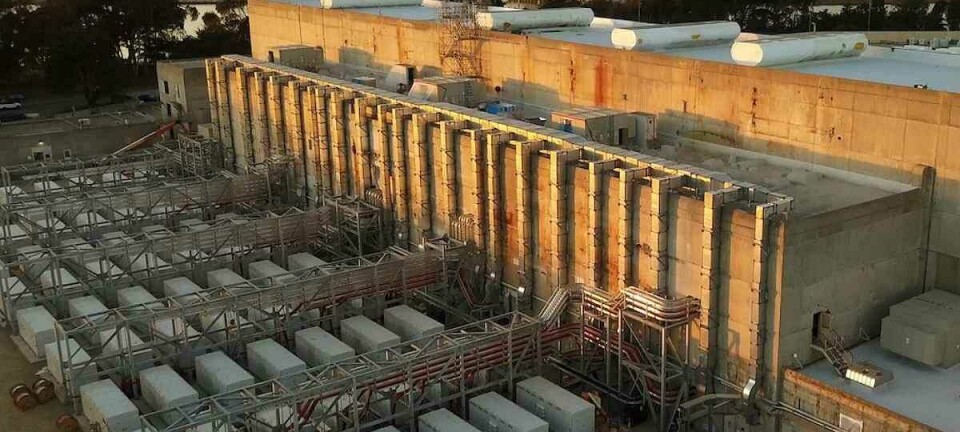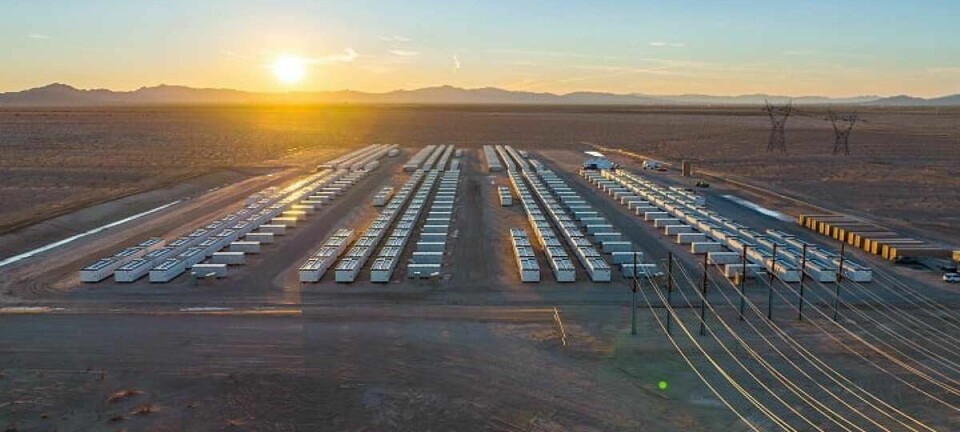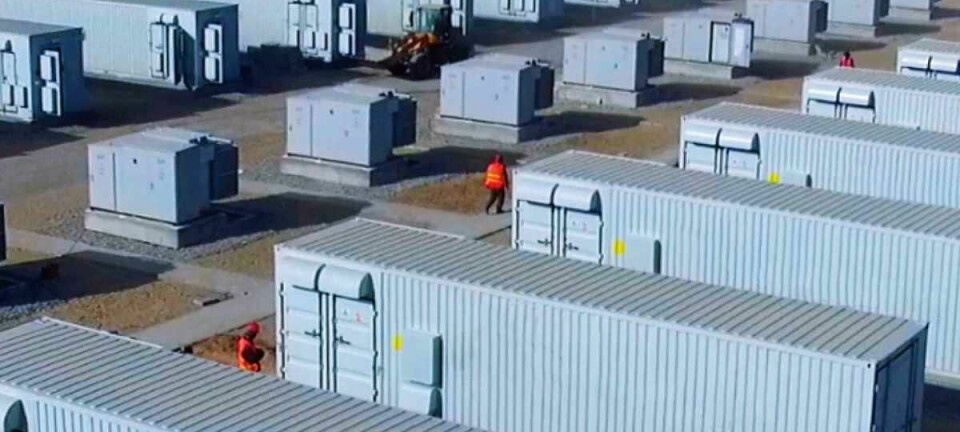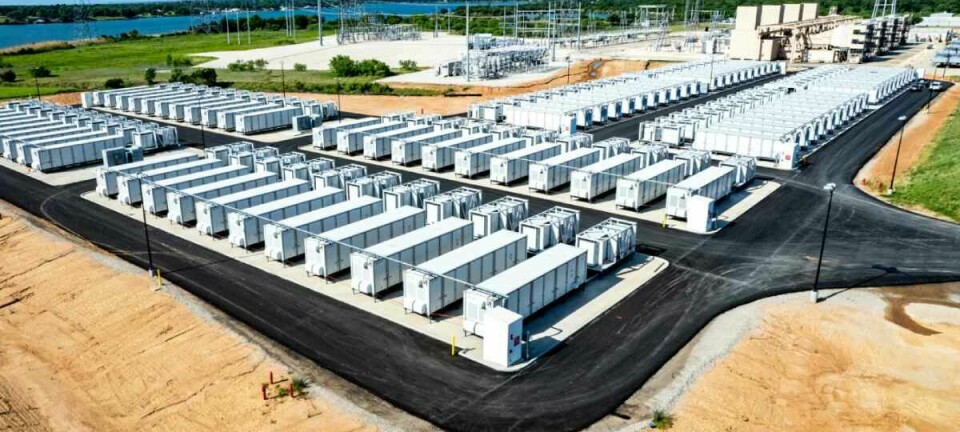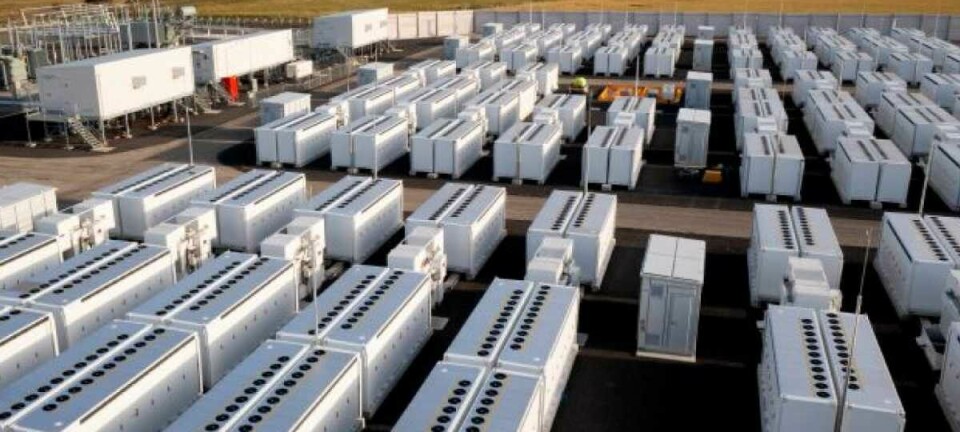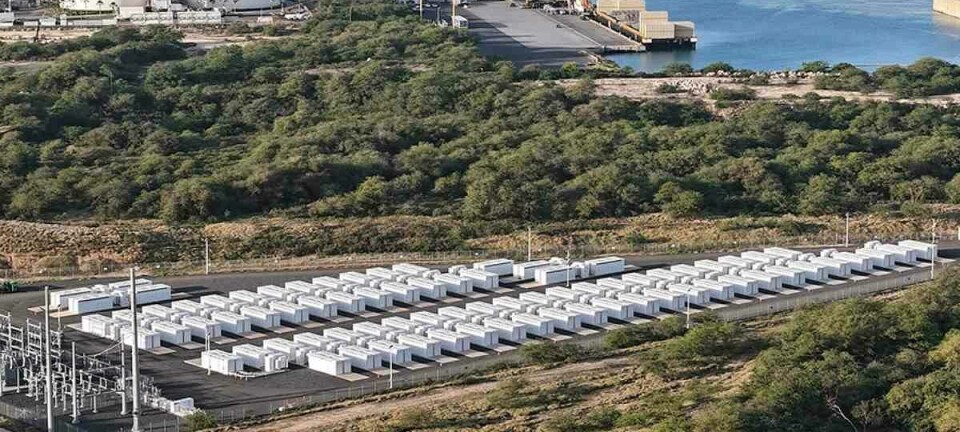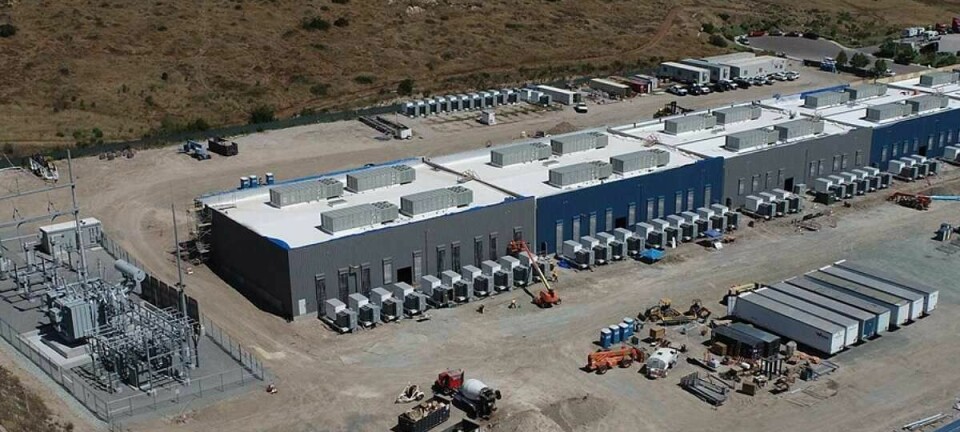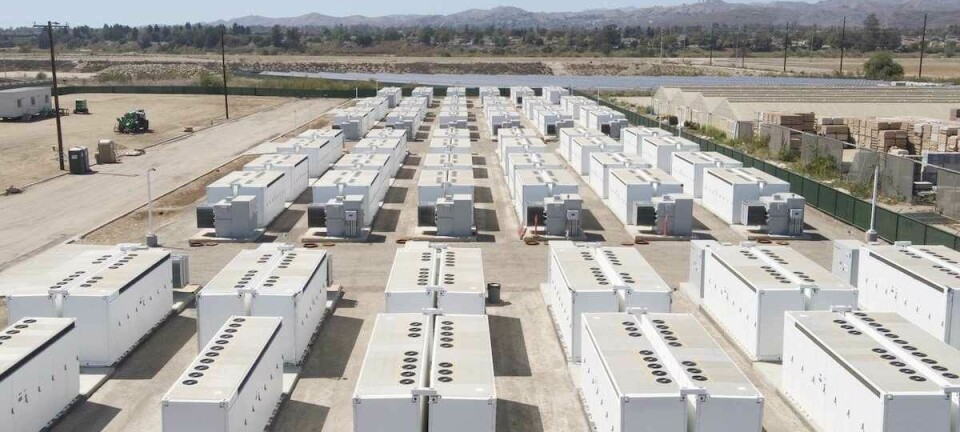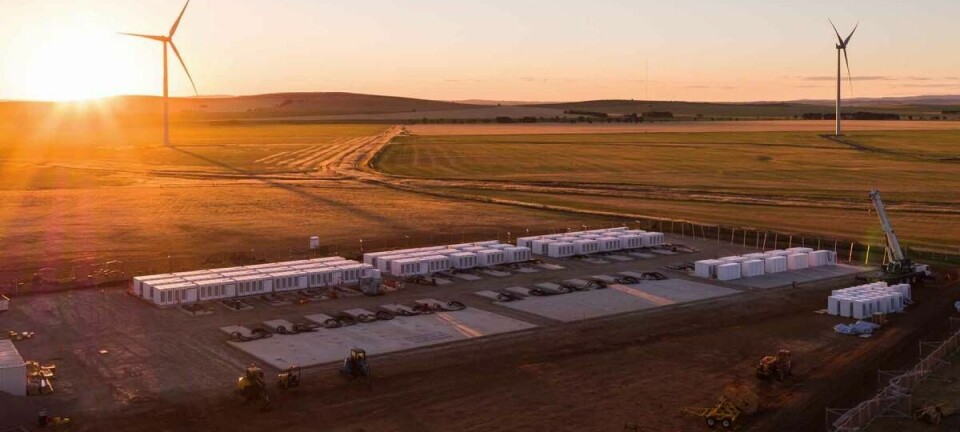Store energy
The world's largest battery storage systems
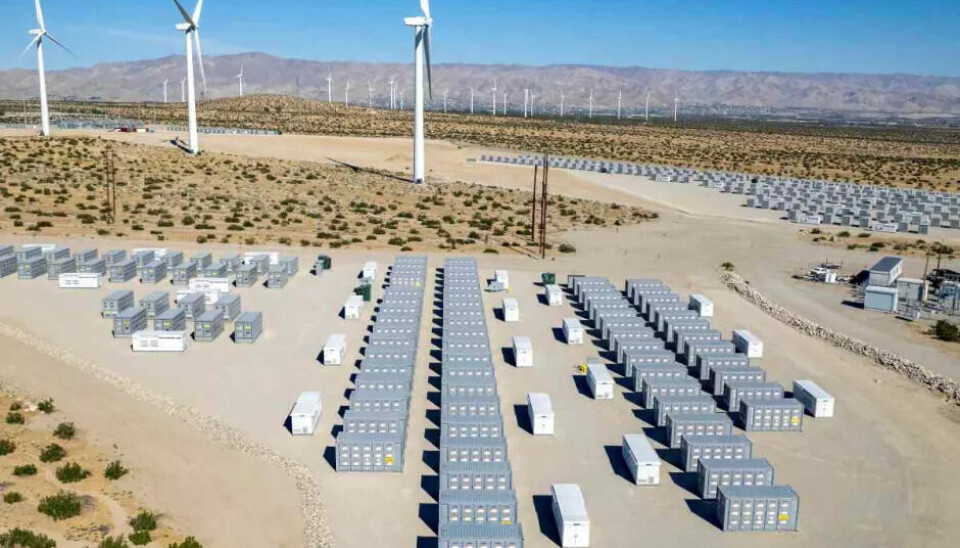
Solar and wind energy needs to be stored. This is done by huge batteries. They balance the supply and demand for electricity. These are the largest.
About 100 kilometers south of the Arctic Circle, there are 26 containers in Finland. They contain battery storage with a storage capacity of 60 MWh. This means that Sungrow's storage system is not among the largest, but it is certainly among the most remote.
The expansion of renewable energies, especially photovoltaics and wind energy, is increasing exponentially. In 2023, the installed capacity of renewables was around 3,870 gigawatts according to IRENA. However, wind power is only generated when the wind blows, and PV kicks in when it's sunny. This means there are both surpluses and times of low or zero production. A power grid must balance demand and production at all times.
Battery storage systems that store large amounts of midday solar power or power on stormy days keep this demand-supply balance in check and fill demand gaps on days with so-called dark doldrums, when neither the wind blows nor the sun shines.
Meanwhile, huge energy storage systems (ESS) are being built all over the world. The DOE Global Energy Storage Database lists where such systems are being built and in what size. Here are the largest.
Energy storage as grid and price stabilizers
Batteries are a - if not THE - central component of the energy transition, as they balance fluctuations in the power grid and thus facilitate the integration of renewable energies such as wind and solar into the existing power grid. Unlike conventional energy sources, which provide constant output, wind and solar generate electricity depending on weather conditions and time of day. These natural fluctuations lead to irregular feed-ins to the power grid, making it more difficult to ensure a constant energy supply. To prevent blackouts, grid operators must balance demand and supply at all times. Until now, plants were often simply shut down for this purpose, which is very inefficient.
Batteries store this excess energy, for example during very sunny midday hours or when storms at night push wind turbines to their limits, but consumers are asleep instead of using the cheap electricity. They are therefore the buffer, relieving the grid and providing stored electricity during times of low production. These can be, for example, the so-called dark doldrums often cited by opponents of solar and wind power.
This not only reduces the dependence on fossil fuels, which previously served as a backup for weather-related fluctuations. The electricity price also benefits when cheaper green electricity can satisfy demand peaks.
Especially the locations in California, but also Texas, are often among the top of the largest battery storage systems. There is a lot of solar and wind power here that needs to be stored temporarily, which should stabilize the power grid on the one hand and provide cheap renewable energy on the other. While gas power plants have so far been used for flexible peak load coverage, such battery storage systems are intended to take over this job. In Texas, for example, they are supposed to help reduce blackouts after winter storms, like those that occurred in 2021.
Watt, watt-hour, power, and capacity - what counts?
We ranked our list of the largest battery storage systems based on capacity. This capacity is given in watt-hours (Wh) or, in our case, since these are very large battery systems, in megawatt-hours (MWh).
Watt is the unit of power of a battery. It is the amount of energy transferred per second. It indicates how quickly a system can provide energy. It is always an instantaneous value that can vary, similar to the speed of a car.
A watt-hour (Wh) describes the amount of energy a battery can deliver over a certain period of time. It is defined as the product of power (watt) and time (hour - h). Therefore, the watt-hour represents the total work done, or metaphorically, the distance a car can travel at a certain speed (power) within an hour.
